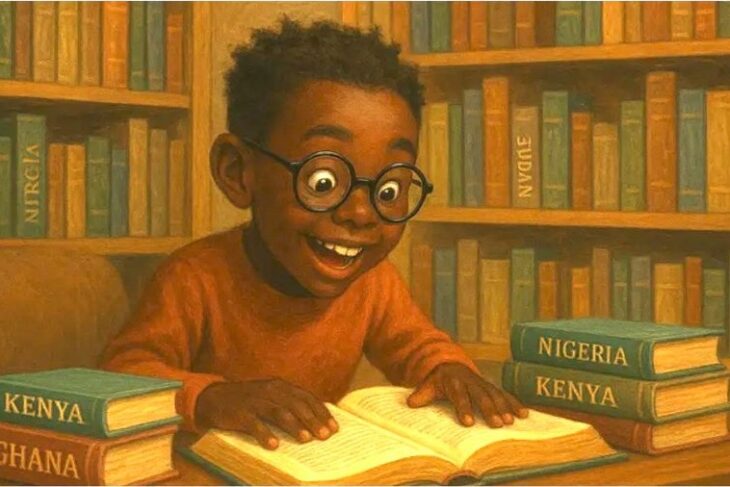This morning I was busy choosing paint colours for our new house. In the course of this process I began to be aware of the emotions and values I felt while engaged in this activity — happiness, frustration, perseverance, respect, balance, unity, love, humour.
Yes, all these things and more are wrapped up in the seething ball of energy required in what many people would consider to be a mundane task, one not worthy of mention alongside the “higher” values of life or experience.
It occurred to me, in thinking of both the process of this task and the value conventionally assigned to such activities, that, at the root level, we choose to approach life either through a complex series of compartmentalizations or through an often unconscious or unspoken process of discovering unity.
Of all colours, off-whites are the most challenging to use because they have the unsettling, and sometimes rewarding, habit of subtly taking on the qualities of whatever dominant colour or filter is in the immediate environment. One colour will change dramatically whether seen under fluorescent, incandescent, halogen, LED or natural light sources… and then there are filters such as the subtle green tint of glass — a little glass, a lot of glass, what kind of glass?
That ceiling colour you happily chose from a sample sitting on a table and reflecting the white ceiling above suddenly looks entirely different when it is painted on the ceiling and the dominant colour of the golden oak floor is reflecting onto it. In the end, one becomes aware, if only on a subconscious level, of the relativity of truth.
Truth is relative to our individual, and often widely varying, experience of it. Something can be true under some circumstances and not under others. How many times have I been asked — often by e-mail — if a certain colour will be good? Well, good under what light, with which other colours, in which climate, next to the sea or in the mountains, day or night, for grandma or a teenager? NOTHING in creation exists on its own. All things exist in context with other things.
Great design has nothing to do with objects on their own. Great design is achieved through the relationship of elements — through the space between and not in the objects themselves. Some of the most interesting spaces have been achieved through the integration of elements that would not, under conventional circumstances, be considered suitable. The elements talk to each other. Sometimes they are very similar in spirit so they just yawn and coexist ad infinitum. Sometimes elements of wildly different qualities are placed together and they begin a conversation — not always in complete agreement but existing through mutual celebration of each other’s unique qualities and a sort of itchingly delightful kind of love comes about. It is a love of life and of deep happiness with the idea of being stretched — of being a good marriage.
We do not have a word for this quality in English. Some years ago, when taking a master’s Ethics course at Landeg Academy in Switzerland with Nadir Saiedi, he introduced the Greek word, Eudemonia, which, in English is defined as happiness but the actual meaning of which goes much deeper to include well-being and reflection of the divine.
All people grapple with finding unity in their lives but, inevitably, find that their quest is consistently coloured by the chameleon like experiences of life of which they may, to some extent, have control but more often not. We resign ourselves to the role of being victims of unforeseen circumstances rather than in actively refining the balance of life’s components and how they interact with each other, in learning from diversity rather than trying to make all things conform to our own particular box.
To this effect, while still engaged in choosing paint, I was also thinking of the role of happiness… cultural relationships with happiness… the effect of degrading happiness, joy, laughter to the non-essential — to be put aside whenever “serious” subjects are broached.
Happiness and pain are very closely linked. Both conditions inform us of how things are going. Just as pain indicates that something is wrong, happiness tells us that something is good. Of course, reliance on these indicators is beneficial to the extent that we never confuse the roles of the horse and the rider. So long as we are the rider, the horse/emotion will serve as a guide. If we allow the horse to take the bit in his teeth, we may end up somewhere uncomfortable or getting thrown off.
There are cultures that, despite untold tragedies, somehow manage to find the ability to laugh at themselves and their circumstances, however painful reality may have been. This quality has always been a mystery to me but has also served as an inspiration.
I have always had a problem with academia and, specifically, academic writing because verifiable and reliable “fact” is usually divorced from response. Fact is often a compartmentalized and sterilized element that is entirely removed from context. Of course, the flip side of this coin is that context and intention colour facts. This seemingly contradictory coin is what life is about.
Going back to the use of colour, modern western culture and traditional (usually tribal) cultures, for example, very often have widely varying relationships with colour. As mentioned before, I am often asked if one colour “goes with” another. This is because the societal “norm”, through its unconscious and insidious process of categorization, demands that two elements must have more qualities in common than of difference. The result is that one tends to gravitate more toward likeness than toward diversity.
The resulting limitation in self-identity so limits one’s ability to appreciate beauty that it results in conditions such as the rampant and sterile ugliness of suburbia. On the other hand, look at a tribal rug. Our hearts sing in response to the joy of life embodied in this work of art, yet, they invariably juxtapose colours and patterns that would be judged incongruous in western culture. Won’t it be a wonderful world when we finally get around to celebrating diversity, the joy of witnessing its effect on identity?




Enjoyed reading your piece!